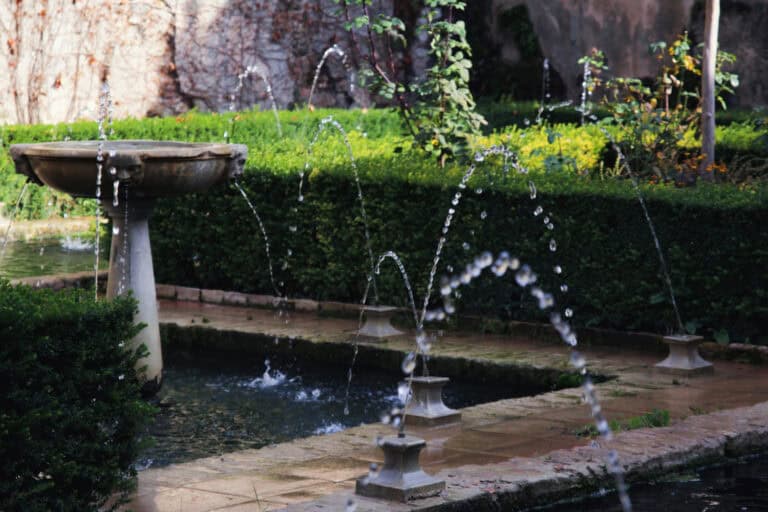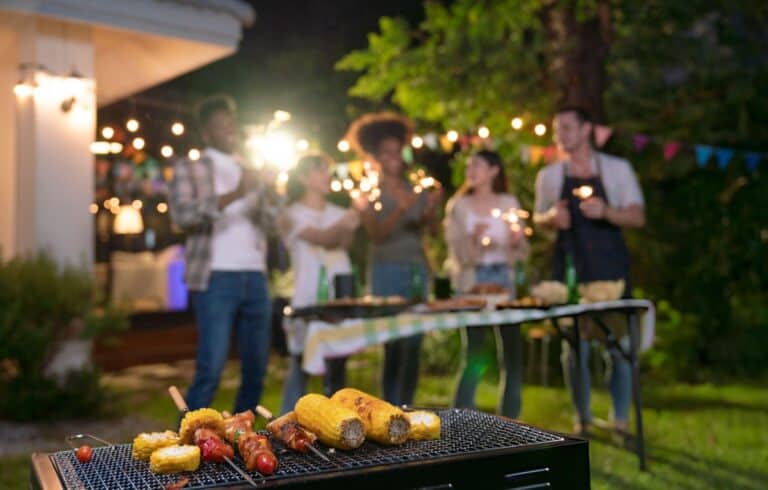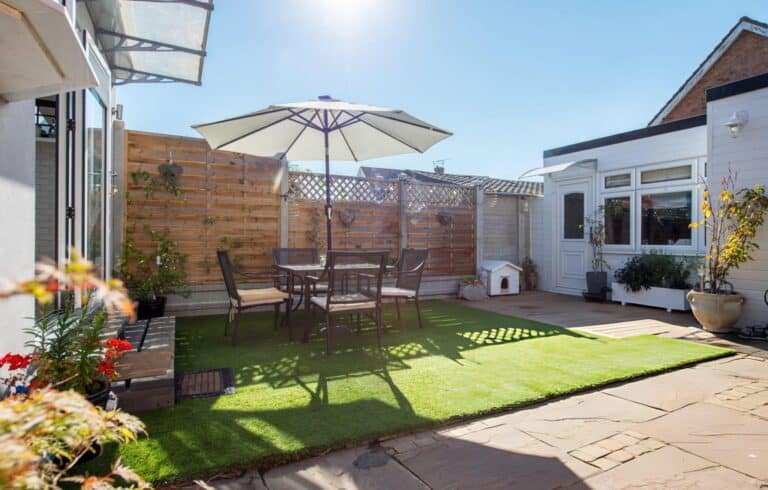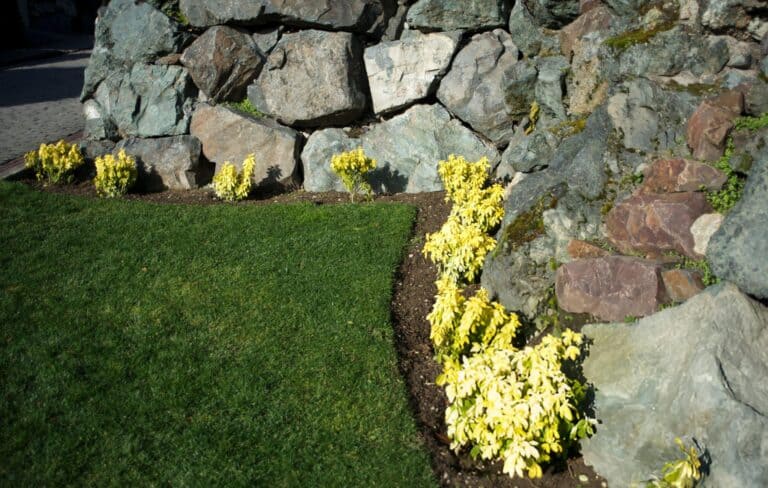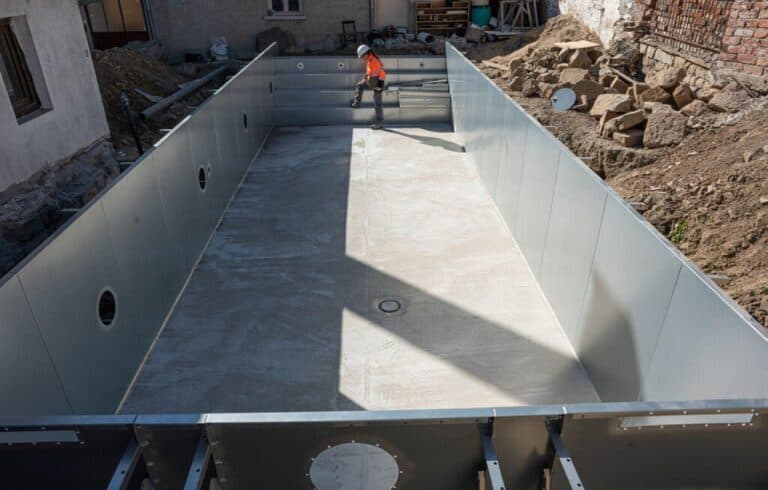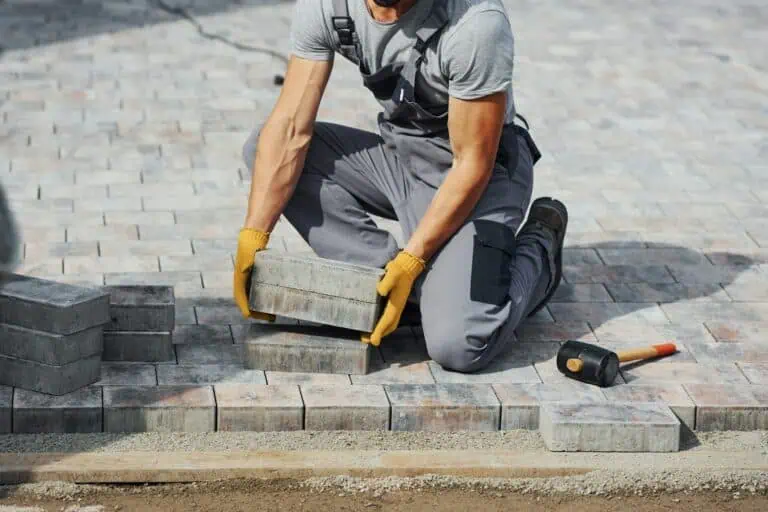Outdoor kitchens are a great way to bring together everything we love about food, family, and fresh air. Whether you’re grilling breakfast on a summer morning or hosting pizza night under the stars, it’s hard to beat the convenience and outdoor vibes they offer. But during the height of summer, especially in hot, dry places like Gilbert, spending time in your backyard kitchen can sometimes feel more like standing inside an oven. When the sun is blazing and the patio is baking, it becomes less enjoyable and more of a challenge.
That’s why finding solutions to regulate temperature in outdoor cooking areas isn’t just about comfort. It’s about making sure your space stays usable all year long. From shade structures and cooling systems to simple material upgrades, there are a lot of ways to take control of the temperature. Whether you’re building a new setup or updating what you already have, it’s possible to design an outdoor kitchen that stays cool, even when the heat rises.
Understanding Temperature Control Challenges
Cooking outdoors is fun, but it also comes with its own set of heat problems. The Arizona sun doesn’t take a break. That means grills, countertops, cabinets, and even the floor can get uncomfortably hot faster than you’d expect. Add in the heat coming off your appliances, and the temperature can quickly climb to levels you don’t want near your food, let alone touch with your bare hand.
Here are some of the most common temperature-related problems we see in outdoor kitchens:
1. Heat buildup around grills and cooktops, especially without built-in airflow
2. Flooring materials that absorb and hold onto heat, making it hard to walk barefoot
3. Seating areas with no shade, sending guests back indoors
4. Appliances left in direct sun, wearing down finishes and components faster
5. Poor ventilation in cabinetry and counters, causing heat to trap
These types of issues aren’t always obvious at first. But over time, they can turn your outdoor kitchen into a spot that gets used less and less. Western-facing layouts, in particular, tend to overheat in the afternoon hours—just when most gatherings start happening. Without some thought in the planning stages, these heat problems can sneak up quickly.
Shade Solutions
One of the simplest ways to bring the temperature down is adding shade. Thoughtful use of pergolas, ramadas, or shade sails can block or soften the sun’s rays and make being outside a lot more comfortable. These structures tend to bring style and order to your design too.
Here’s how each one helps:
1. Pergolas – These slatted, open-top structures don’t shut out sunlight entirely, but they take the edge off direct rays while encouraging airflow. They work well over seating spaces or prep counters.
2. Ramadas – With a full roof, ramadas offer solid protection from the sun. You can even add ceiling fans or lighting. This structure is best for high-use spots like grills or dining zones.
3. Shade Sails – These fabric panels stretch wide and can be positioned to cover tricky areas. They’re easy to install and budget-friendly, especially for smaller yards or where a permanent structure doesn’t fit.
Look at where the sun hits hardest during the times you cook or hang out outdoors. Even one well-placed shade feature can improve the feel and function of your outdoor kitchen significantly.
Cooling Methods That Make a Difference
When summer in Gilbert kicks into high gear, shade might not be enough. That’s where cooling systems come in. Misting systems and fans are both fast, effective upgrades that can completely change the backyard experience.
Misting systems send out a super fine spray of water into the air. As it evaporates, the system draws heat away, cooling the space without soaking anything nearby. They’re perfect for dry Arizona air, making even the hottest afternoons feel manageable. Placing misters around seating or near cooking areas can improve both comfort and air quality.
Fans are another small investment that makes a big impact. Whether you choose a built-in ceiling fan under your ramada or a standalone oscillating model, fans move hot air out and bring fresh air in. Together with misters, the two systems form a strong line of defense against extreme heat.
Cooling add-ons worth looking into:
1. Ceiling fans placed under pergolas or ramadas for circulation
2. Pedestal fans that can be moved to wherever airflow is needed
3. High-pressure misting systems for larger patios or zones
4. Nozzles with direction control, letting you cool spaces without soaking them
5. Remote-controlled or timed systems to boost efficiency
Combining airflow with moisture is a solid strategy for areas that get too hot to use. Focus on the spaces you spend the most time in, and tailor your system to those needs.
Choose Materials That Handle the Heat
Climate-appropriate materials can make or break your backyard kitchen. Arizona’s sun is strong and constant, so every surface needs to be picked with care. From countertops to flooring, avoiding heat-absorbing materials helps keep things functional and comfortable.
For countertops, skip darker finishes or metal options that can become too hot to use. Lighter shades of quartz or tile reflect more light and stay cooler, even when installed next to a grill or smoker. Natural stones like travertine also hold up well and give a custom feel to the space.
Flooring should be tough enough to handle heat but soft enough for bare feet. Stay away from surfaces that radiate heat back up or become slick when wet. Travertine, textured pavers, or sealed concrete offer strong performance and lower surface temps. When it comes to cabinets and seating, look for powder-coated metals or UV-rated finishes designed for outdoor use.
Here are some solid heat-smart material choices:
1. Light quartz or porcelain slabs for heat-resistant counters
2. Travertine tile or pavers for flooring that stays cooler
3. Powder-coated aluminum or stainless steel cabinetry for durability
4. Outdoor-rated cushions and shade fabrics that resist fading
5. Heat-treated hardwoods like teak that perform well in desert conditions
Choosing the right finishes up front can help you reduce long-term upkeep and create a more inviting kitchen layout that doesn’t fight against the environment.
Landscaping for Cooler Cooking Zones
Plants do more than look pretty—they help regulate the temperature. Thoughtful landscaping adds shade, filters the air, and cuts down on surface heat around your outdoor kitchen. With a smart mix of trees, shrubs, and greenery, you can surround your space in comfort without sacrificing style.
Native plants are your best bet. Trees such as palo verde or mesquite thrive in the desert and can double as natural umbrellas during peak daylight hours. Tall grasses or leafy shrubs along walls prevent these surfaces from bouncing heat into your cooking zones. Even small groundcover plants help pull heat away from patios or walkways.
Try incorporating plants in the following ways:
1. Add deciduous trees that block summer sun but let in winter light
2. Use trellises or lattice walls with vines for vertical cooling
3. Run leafy shrubs along open sides of patios or outdoor seating areas
4. Plant herbs close to your cooking area for a functional, shaded setup
5. Place taller trees where the late-day sun hits hardest
Setting up greenery around your outdoor kitchen can change how airflow works, create a buffer from neighboring properties, and improve your overall layout. All of that adds up to a space that stays cooler—and feels more private.
Keeping It Comfortable Through Every Season
Beating the summer heat in Gilbert is just the beginning. If your goal is to have an outdoor kitchen ready for use from January through December, taking a full-picture approach to comfort is key. That means looking at shade, airflow, materials, and plants as part of one big design plan.
The best outdoor kitchens work with their climate, not against it. Heat-resistant materials, smart ventilation, cooling add-ons, and green buffers all play a role in how often and how happily you use your space. And while each of these features can help on their own, combining them brings the real comfort.
If you’re already dreaming up a new outdoor project or feeling the need to fix up a current layout, this is a great time to partner with pros who understand what Gilbert weather is really like. With the right design choices up front, you can enjoy your outdoor kitchen in the morning, afternoon, and evening—without worrying about the temperature.
Create a backyard oasis with one of the most practical, inviting outdoor kitchens designed to withstand the heat while offering maximum comfort. Ready to transform your outdoor space in Gilbert and enjoy outdoor cooking year-round? Learn how Outdoor Concepts can bring your vision to life by exploring our custom-built outdoor kitchens tailored for the Arizona lifestyle.


